Debunking 5 Sustainable and Fast Fashion Myths
Beccy Read takes apart five myths lurking gin the sustainable and fast fashion spaces.
Myth 1: Fast fashion isn’t sustainable, full-stop.
Obviously, we all know fast fashion isn’t the most eco-friendly option, but the reality is that most of us will own a piece or two. On average, we wear our items 3 times before throwing them into landfill. Admittedly, a few of my favourite pieces are from high street fast fashion shops, but I aim to wear these over and over until they fall apart. Then, when they inevitably do, I’ll use them as household rags or take them to my local textile recycling point. With cost per wear being through the floor, then eventually recycled, this is a very affordable sustainable option. Fast fashion marketing is aimed at convincing you to buy almost the same thing twice with a few small differences to the item. I now consider before buying anything if I already have something similar that I could style differently to give it a new lease of life. It’s worth noting that extending the life of clothing by a further 9 months would reduce individual carbon, waste and water footprints by 20-30% each.
Myth 2: Sustainable fashion is too expensive.
As a student, I understand that sustainable fashion can certainly make a dent in the loan, but it isn’t the only option. Buying things secondhand is arguably more sustainable than buying new things from eco-friendly brands. I tend to use Depop for buying and selling; I’ve sold lots of my fast fashion pieces on there, giving them a second life with someone else.
Charity shops are also a great option. I often pop into every one I walk past to check for any hidden treasures. But if you are really committed to sustainability, the most planet-friendly thing you could do is just re-wear, re-style and upcycle your existing clothes.
Myth 3: The fashion industry is the most polluting industry in the world.
After massive debunking, it turns out the fashion industry is the 4th most polluting industry when considering carbon emissions. However, this doesn’t take into account the microplastics that come out in our washing machine and end up in our oceans. On top of this, dyes in our cheap swimwear can also contribute to the toxic chemicals that are damaging marine life (thank god neon is out).
Myth 4: Your returned fast fashion garments are resold to other customers.
When you return an item, it often ends up incinerated or in landfill as fast fashion companies run a business model that means that it is often more expensive to pay someone to inspect and repackage the items. A CBC report in 2019 brought this to light, as well as pointing out that online returns have increased by 95% over the past five years. However, not all returns are created equal, so do check to see if there is any dubious history around a brand you are ordering from.
Myth 5: You don’t have the power to change the fashion industry.
First of all, your money harnesses a lot of power, so I strongly advocate using it as a vote. But I understand that on an individual level it is pretty tricky to stop multi-million fast fashion corporations from operating the way they do. They may not listen to you alone, but they will listen to many voices shouting about the same thing. Essentially, changing the fashion industry is a team effort, so shout about it on your socials, talk to your family about it and tell everyone about your most recent sustainable outfit. You really are making a difference, even if it doesn’t feel that way.
So what’s the takeaway here?
There are still so many misconceptions about the sustainable fashion crusade that are floating around on the internet. While we have taken time to debunk some of them today, we think you should take one particular thing from this article: sustainable fashion is all about small changes — boycotting unethical brands, buying secondhand, up-cycling, reselling, recycling.
Case in point: during the lockdown, I decided to revamp my wardrobe in an effort to give up fast fashion and unsustainable clothing practices. Now, when I make a purchase, I try to think about a few things - rather than seeing a £3 top and immediately adding it to my bag, I ask myself the following questions:
Is this a brand known for being unsustainable?
Can I style this garment up or down? Does it go with the rest of my items?
What is this garment made from? (I try to avoid pieces predominantly made from polyester or acrylic)
Lastly, what is this brand’s ethical track record? (Good On You is a very helpful website that breaks down all these things and gives you an insight into their ethical practices)
And above all, you don’t need to be doing all of these things to call yourself a sustainable fashion follower. When in doubt, remember Anne Marie Bonneau’s salient words, which ring true even here: “We don’t need a handful of people doing [it] perfectly. We need millions of people doing it imperfectly”.

